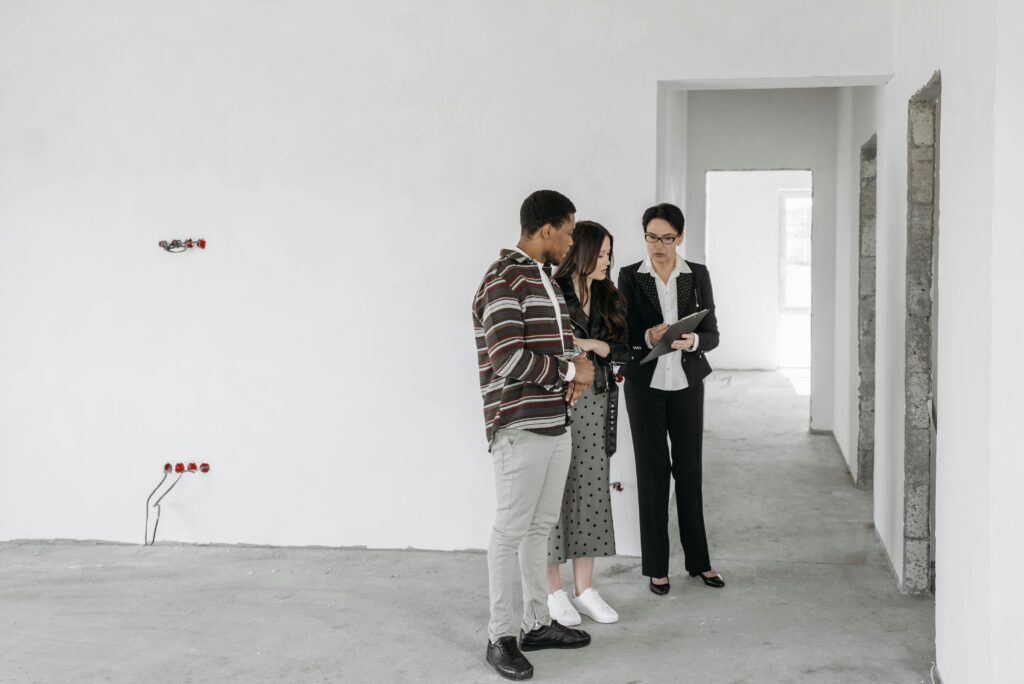Renting out a property for the first time can feel exciting, but also a little nerve-wracking. You’ve got a space to lease, maybe an extra room or a whole home, and you’re ready to earn passive income. But there’s more to being a landlord than handing over the keys. If you don’t set clear rules early on, things can get messy—fast.
Let’s break down how to set up your rental for success, keep communication smooth, and avoid landlord-tenant drama before it starts.
Know What You’re Offering
Before you list your space, get super clear on what you’re renting out. Is it furnished or unfurnished? Are utilities included? Can tenants bring pets? The more details you work out now, the fewer misunderstandings you’ll deal with later.
Write down exactly what’s included in the rent. Note whether tenants will need to mow the lawn, pay for internet, or take the trash out weekly. This isn’t about being picky—it’s about clarity. Your future self will thank you.
Screen Your Tenants the Right Way
You want a tenant who pays rent on time, respects your property, and follows the rules. The best way to find them? Screen carefully. Ask for references. Run a background and credit check. And don’t skip the interview—talking face-to-face or over the phone gives you a feel for their vibe.
Be fair and legal in how you screen. Follow your state’s fair housing rules, and don’t ask anything discriminatory. A solid screening process helps weed out problems before they even move in.
Put Everything in Writing
Here’s where many first-time landlords mess up—they rely on a verbal agreement or just a few texts. Bad idea. You need a written lease, even if you’re renting to someone you know.
About halfway through your planning, make sure to secure a free printable basic rental agreement. It covers all the must-have points like rent amount, due date, deposits, rules on guests, smoking, noise, and repairs. Having this document protects you and sets the tone for a professional landlord-tenant relationship. It’s free, simple to use, and will save you from future headaches.
Set Boundaries Early On
Think about how often you’ll visit the property. Will you give 24 hours’ notice before dropping by? How will you handle repairs or maintenance calls?
Set clear expectations about your availability and how tenants can reach you. Are texts okay? Do you prefer email? By setting these boundaries now, you avoid those awkward moments where your tenant expects you to show up like an on-call concierge.
Handle Money the Right Way
Collecting rent through Venmo might work short-term, but it’s not the most professional or secure method. Consider using a dedicated rental payment platform. It helps keep records clean and protects you in case of late payments or disputes.
Also, make sure to document the security deposit terms in your lease. Note how and when it will be returned, and under what conditions you’ll keep part of it. Photos of the property before move-in can be helpful, too.
Keep Repairs Simple and Fast
Things break. Faucets leak. Appliances go out. The key is how quickly and fairly you respond. Have a basic plan for repairs and share it with your tenant. Let them know if there’s a preferred handyman or service company, and what steps they should take before calling you.
Respond quickly, even to small fixes. It shows you care, keeps tenants happy, and helps prevent little issues from turning into big ones.
Avoid Verbal Side Deals
Tenants might ask for small exceptions—“Can I pay a few days late this month?” or “Can I sublet for just the summer?” If you say yes, get it in writing. Verbal deals can spiral fast, and memories get fuzzy.
Stick to the lease terms. If anything changes, add it in writing and have both parties sign. It doesn’t have to be complicated—just clear.
Respect Your Tenant’s Privacy
Once the lease is signed and the tenant moves in, that space becomes their home. Respect that. Don’t pop in unannounced or expect them to answer every call right away. Give them notice for visits, and only enter when necessary.
Trust goes both ways. If you treat them with respect, they’re more likely to return the favor.
Check In (But Don’t Micromanage)
A quick check-in every few months is a good idea. Ask if everything’s working okay, and if they need anything fixed. It shows that you care, and also lets you spot early signs of wear or misuse.
Just don’t overdo it. Your tenant wants to feel at home—not like they’re being watched.
Final Thoughts
Being a landlord doesn’t mean being a pushover—or a control freak. It means setting clear rules, writing them down, and following through. Most of the stress comes from vague expectations or bad communication.
By using tools like a basic lease agreement, screening tenants, and handling things with care, you can create a smooth, respectful rental experience for everyone involved. Think of your first lease not just as paperwork—but as your playbook for a stress-free rental journey.

